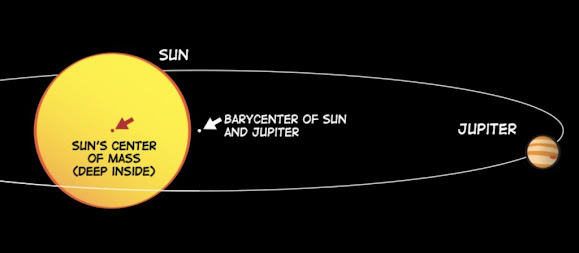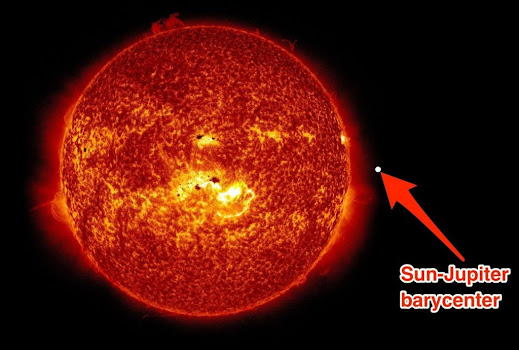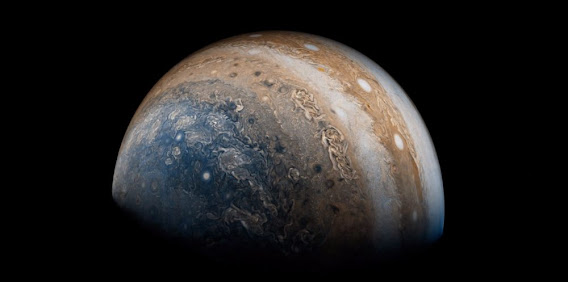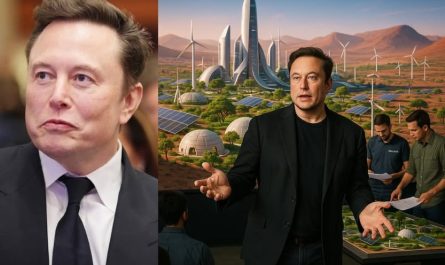Jupiter: The Only Planet in our Solar System That Doesn’t Orbit the Sun
Who says it doesn’t orbit the sun??? It’s a planet, isn’t it? And I thought planets by definition orbited the sun! Besides, people have been observing it orbiting the sun for at least 3000 years. However, Jupiter does not technically orbit the sun — because it’s so dauntingly massive. When a small object orbits a big object in space, the less massive one doesn’t travel in a perfect circle around the larger one. Rather, both objects orbit a combined center of gravity.

Jupiter, our solar system’s fifth planet from the sun, the massive gas giant that protects Earth and the inner planets from potential catastrophic comet and asteroid strikes, is more unique than you’ve ever imagined.
Jupiter is so big, it doesn’t actually orbit the sun. Here’s how.
The gas giant is so huge, that it doesn’t actually orbit around the sun. Jupiter is 2.5 times the mass of ALL other planets in our solar system combined.

This means that it’s so freakishly large, that the center of gravity between the gas giant and the sun does not reside within the sun, but a point in space, located just above our sun’s surface.
And there’s a perfectly rational explanation for that. When a smaller object orbits a bigger one, the smaller body does not travel around the larger one in a circle. Instead, both these objects orbit a ‘shared’ center of Gravity; which means they meet somewhere in a perfect center.

But Jupiter is special.
Due to the fact that the gas giant is so hefty, its center of mass with the Sun lies exactly 1.07 solar radii from the center of the sun– 7% of a sun radius over the surface of the sun.
And this (not to scale) GIF from NASA explains the effect:
The gas giant is so large (estimated at approximately 143,000 kilometers wide) that it could devour all of the known planets in our solar system.

In fact, around 1,300 Earth’s can fit inside the gas giant.
Our planet’s center of gravity resides so near to the center of the sun that this effect is negligible. The larger object (the Sun) doesn’t seem to move, while the smaller object (Earth) orbits around it.
In fact, the same can be said about all other planets in our solar system, like Mercury, Venus, and even Saturn; their centers of mass with the sun are located deep inside the sun itself.





